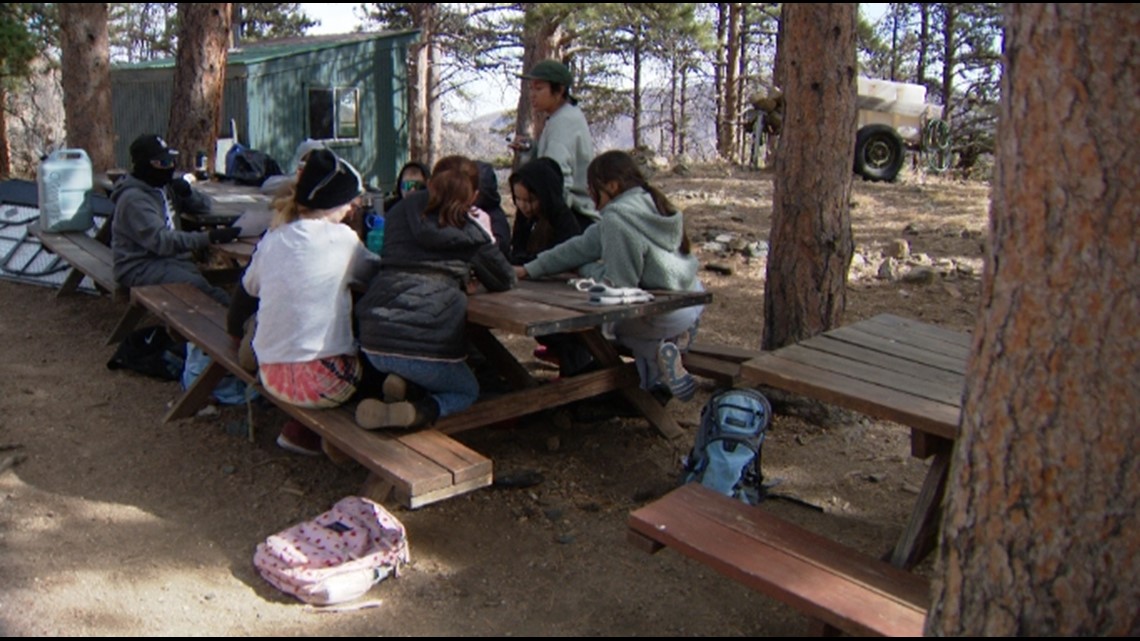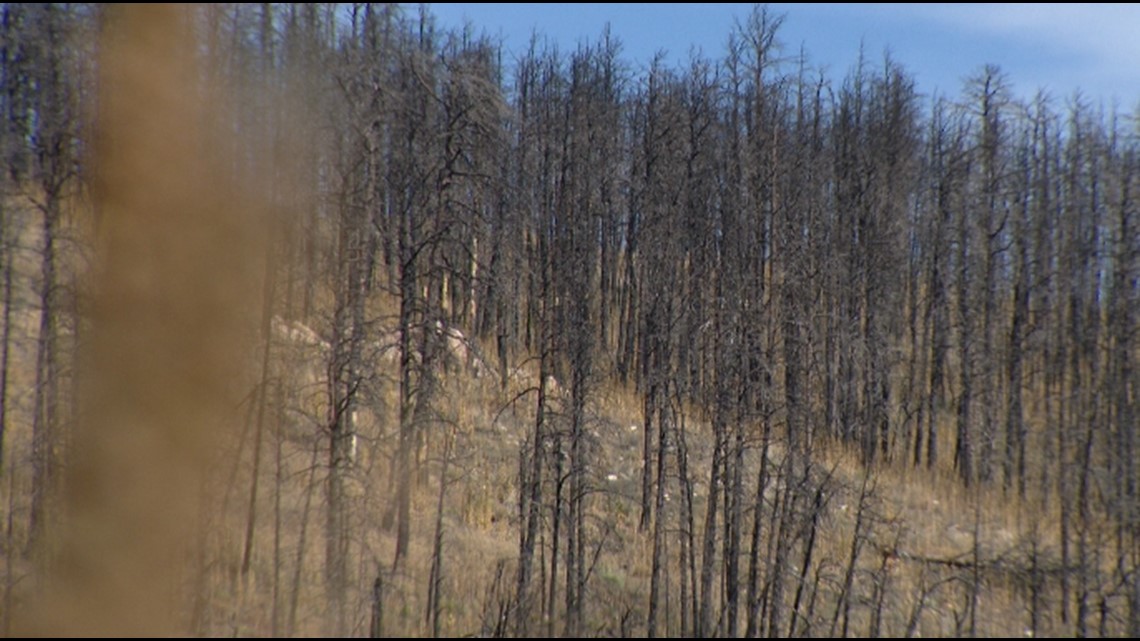BOULDER COUNTY, Colo. — In the mountains of Boulder County, wildlife wanders into the classroom. On the 1,200 acres of land the Cal-Wood Education Center sits on, the learning happens outside.
"This is our outdoor classroom. This is what I see," said Rafael Salgado, executive director of the nonprofit.
In October of 2020, everything changed when the Calwood Fire burned 600 acres of the center's land. While investigators still don't know how the fire started, it was named the Calwood Fire because of its proximity to the Cal-Wood Education Center. It ended up destroying 26 structures outside of Boulder in just one day.
The fire changed the school. So, Salgado changed the curriculum.


"Now we teach about all of this," Salgado said. "About fire ecology, what a fire does, and how we prevent fires. Also, how to mitigate and how to restore a fire."
More than 5,000 students every year from across the front range come to Cal-Wood for a couple days at a time. Instead of just asking about all the burned trees, they learn about them.


"We’re talking about fire behavior," one teacher said as students from Aurora sat outside on picnic tables during their fire ecology class on Tuesday. "How does fire spread? Can fire travel up?"
The nonprofit works with school districts around the metro area to provide outdoor education classes. The goal is to help students who don't usually have access to the outdoors learn about nature. They also run programs for Latino families to come and spend time at the mountain camp.
"It’s amazing. We switched from just teaching kids about connecting with nature to understanding fire ecology," Salgado said. "When people come in here and actually see where the fire happened, where it burned and they see it with their own eyes, they will understand better what fire is and fire ecology."


Students run research projects here. Cal-Wood opened its doors to scientists after the fire to come and research how the fire spread and how new ones could be prevented. Volunteers have helped plant more than 5,000 new trees in the past three years, and fire departments train on the land.
"We also want to be a part of that solution of trying to understand these fast moving and massive fires," said Salgado.
Recovery is slow. While it could takes decades for the forest to grow back, it’s also taking a long time for the homes that were destroyed to be rebuilt. Of the 26 structures that burned down, only three have been issued a certificate of occupancy, meaning someone is allowed to live there. In three years, only three homes are at that stage right now.
Cal-Wood is always looking for volunteers to help plant trees or help with fire mitigation. They are also a part of Colorado Gives Day coming up in December to support their scholarship fun. You can find more information here.
More from Marc Sallinger:
SUGGESTED VIDEOS: Next with Kyle Clark

